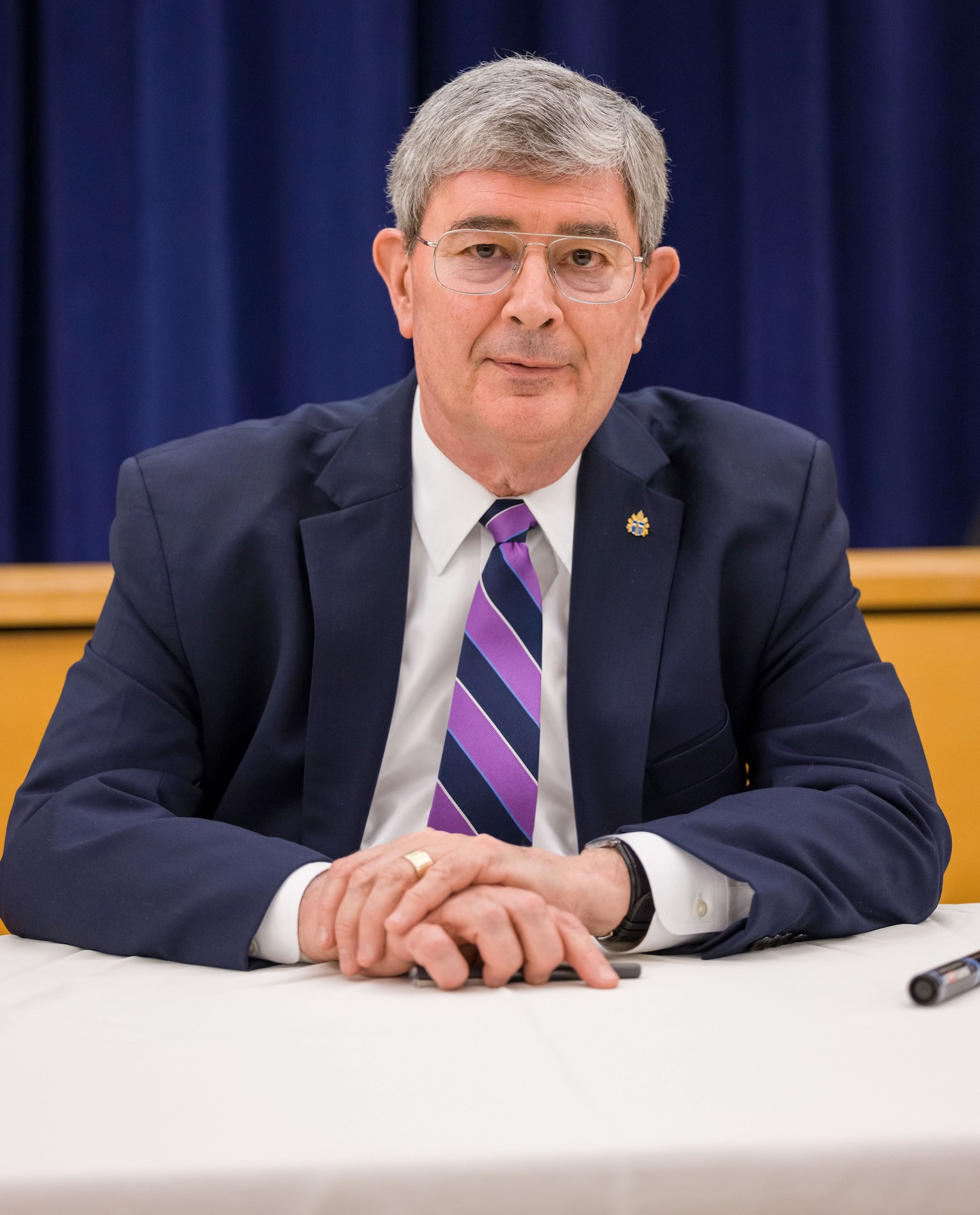In its Dogmatic Constitution on the Church (Lumen Gentium), the Second Vatican Council firmly applied the brakes to “ultramontanism”—the overheated theory of papal supremacy that reduced local bishops to branch managers who simply execute dictates from the CEO of Catholic Church Inc. in Rome. The coup de grâce for ultramontanism’s distorted concept of ecclesial authority came in paragraph 27 of the dogmatic constitution:
Bishops, as vicars and ambassadors of Christ, govern the particular churches entrusted to them. . . . This power, which they personally exercise in Christ’s name, is proper, ordinary and immediate, although its exercise is ultimately regulated by the supreme authority of the Church, and can be circumscribed by certain limits, for the advantage of the Church or of the faithful. In virtue of this power, bishops have the sacred right and the duty before the Lord . . . to moderate everything pertaining to the ordering of worship . . .
One of the many oddities of this Catholic moment is that, in the name of a “synodality” proclaimed as fulfilling the promise of Vatican II—which presumably includes the Council’s teaching on the authority of local bishops as true vicars of Christ—the “supreme authority of the Church” is severely undercutting episcopal authority by micro-managing with a heavy hand the use of the Extraordinary Form of the Roman Rite (the so-called “Traditional Latin Mass” or TLM). The latest example of this new ultramontanism came in a February 21 rescript, when “the supreme authority of the Church” laid down that, henceforth, bishops must obtain permission from Cardinal Arthur Roche and the Dicastery for Divine Worship before allowing the use of the Extraordinary Form in parish churches, and before allowing priests ordained after July 16, 2021, to celebrate the TLM.
The journalistic mouthpiece of the present pontificate, America’s Gerard O’Connell, reliably applauded this diktat for making “clear that bishops cannot take the law into their own hands.” On the contrary: The rescript of February 21 contradicts the teaching of Lumen Gentium 27 on the local bishop’s role as the chief liturgist of his diocese. It also fails to define the “advantage [to] the Church or [to] the faithful” of the rescript’s exercise of papal autocracy. Thus, once again, bishops are reduced to order-executing minions of Roman Global HQ.
In an irony that seems to escape them, apologists for the new ultramontanism reply that this bludgeoning of local bishops was necessary because liturgical traditionalists deny the authority of Vatican II. That is true of some. But conciliar deniers are a minuscule fraction of that small but vital minority of Catholics who find their worship enhanced by the Extraordinary Form of the Roman Rite. Wouldn’t “the supreme authority of the Church” better direct its corporate attention to the catastrophic collapse of Mass attendance throughout the Western world? Or to the regular abuses of liturgical practice in countries like Switzerland and Germany? How is it to “the advantage of the Church or . . . the faithful” to scorn as liturgical lepers those who are in church every Sunday—and then instruct their bishops that, from here on in, such miscreants should be exiled to the parish gymnasium for Mass?
The Roche rescript also raises the most serious questions about “synodality,” heightening concerns that this undefined, clumsy term is cover for a coordinated attempt to impose a Catholic Lite interpretation of Vatican II on the entire world Church. That attempt will fail. But a lot of pastoral damage will be done in the process, and an opportunity to deepen the Church’s reception of the authentic teaching of Vatican II will be missed.
I am a Novus Ordo man. Anyone who doubts that the Novus Ordo can be celebrated with the awe and reverence that TLM Catholics find in the Extraordinary Form might watch the celebration of the Solemn Pontifical Requiem for Cardinal George Pell in Sydney, Australia, or the Sunday Mass videos from St. Mary’s Catholic Church in Greenville, South Carolina. I also reject, indeed I deplore, the blunderbuss anti-Vatican II polemic of a marginal minority of liturgical traditionalists, who foolishly handed a loaded gun to their Roman enemies.
Nonetheless, as a close student of the Council and the author of To Sanctify the World, it seems to me that the Roche rescript violates both the letter and the spirit of what Lumen Gentium taught, while doing nothing to further the proper implementation of the Council’s Constitution on the Sacred Liturgy.
These matters, and Cardinal Roche, are going to be the focus of considerable attention at Synod 2023 in October—and at the General Congregations before the next conclave.
George Weigel’s column is syndicated by the Denver Catholic, the official publication of the Archdiocese of Denver.

George Weigel is Distinguished Senior Fellow of Washington, D.C.’s Ethics and Public Policy Center, where he holds the William E. Simon Chair in Catholic Studies.
First Things depends on its subscribers and supporters. Join the conversation and make a contribution today.
Click here to make a donation.
Click here to subscribe to First Things.
Photos by PxHere licensed via Creative Commons. Image cropped.

